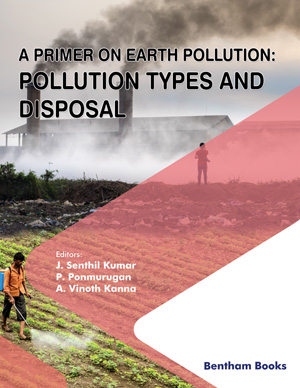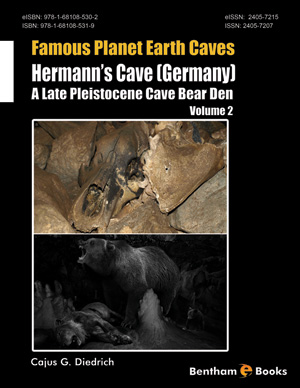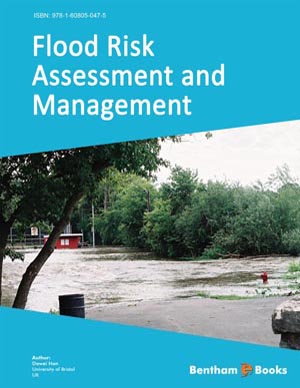Abstract
The main manifestations of solar activity, such as sunspots, floccules and faculae are described. A short history of research on the Sun’s activity from Galileo and Scheiner to modern times is presented. The main instrumental solar indexes - Wolf number, group sunspot number, sunspot area - and their general statistical laws (Gnevyshev-Ohl rule, Waldmeier rule etc.) are described. Up-to-date modern knowledge of major solar periodicities (cycles of Schwabe, Hale, Gleissberg etc.) and global extremes of solar activity (Maunder and Spörer minima, Medieval maximum etc.) are discussed. Moreover, some major phenomena related to space weather (solar wind, aurora borealis etc.) and other terrestrial manifestations of solar activity are considered. Modern methods of statistical analysis of non-stationary time series, including Fourier, wavelet, and singular spectrum analyses, long-range correlation analysis and multi-fractal approach are introduced. A method used for the evaluation of significance in details of wavelet spectra is presented. Furthermore, some enduring problems are shortly described.
Keywords: Solar activity, solar-terrestrial relationship, space weather.












